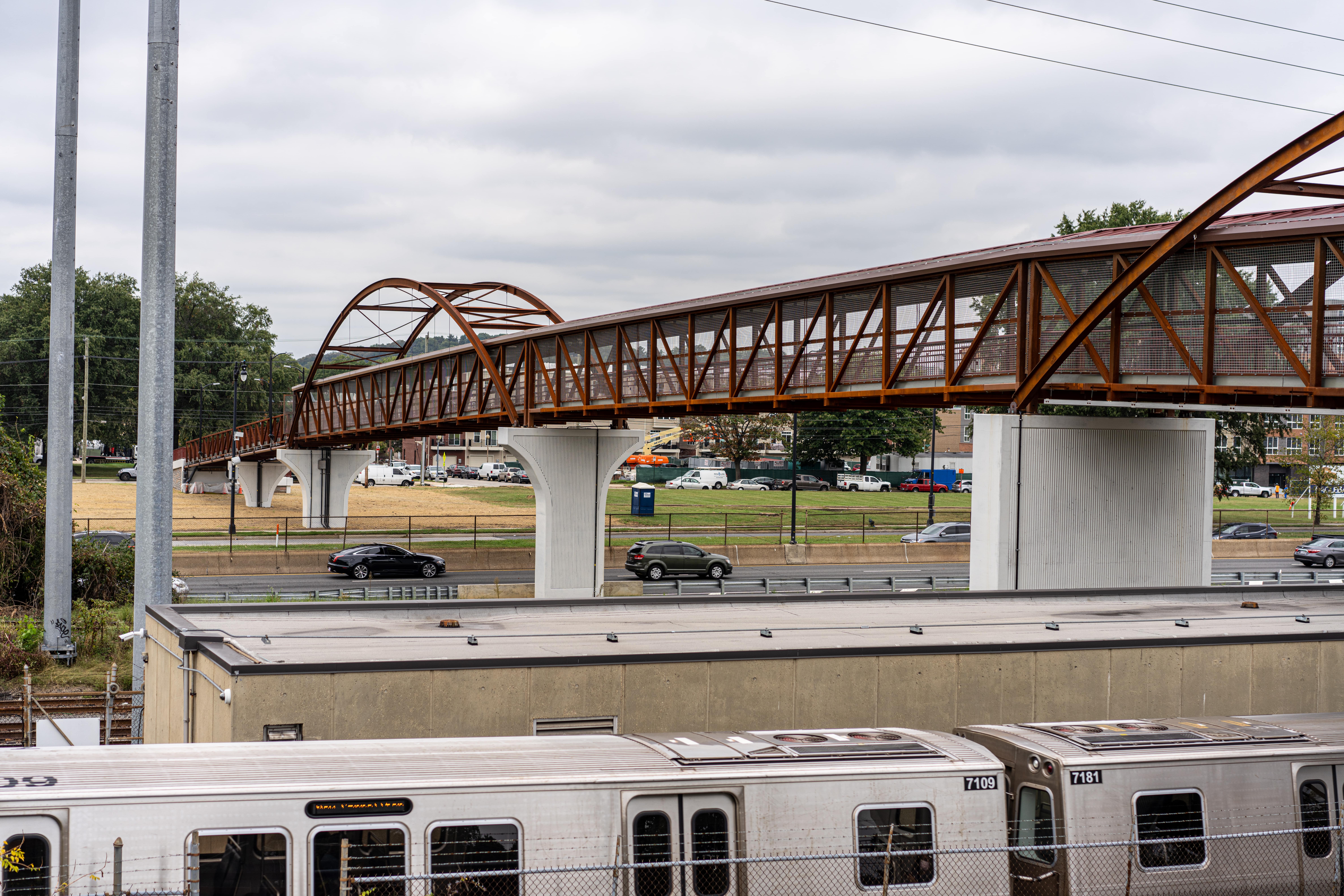.png)
Energy-absorbing fender systems are designed to protect bridge piers, industrial docks, and electrical transmission towers from unintended vessel impacts. Traditionally almost all protection systems were rigid systems composed of steel and concrete that dissipated energy primarily by the vessel hull crushing on impact with the fender. These systems caused oil spills, sunken vessels, channel closures, and significant vessel repair costs.
In the mid-'90s, many DOTs started to use flexible energy absorbing systems that used a combination of small diameter (12"-16" OD) composite piles and fiberglass reinforced plastic wales. These low maintenance systems have worked well for the majority of pier protection applications designed for recreational vessels and small commercial barge traffic. These systems deflect and then redirect the vessel with no damage to either the fender system or vessel. For the higher capacity energy systems designed for multiple barge tows and larger ships, most engineers still rely on the traditional rigid fender systems due to the limited energy absorption capacity of the flexible systems.
When designing an energy-absorbing system, the piles and the wales work together to distribute the point load from the vessel impact and then transfer it to the soil below. For these high energy capacity systems, the designer can now choose between either steel or FRP pipe piles that typically range in size from 24"-36" OD. Depending on the water depth and the amount of allowable system deflection, the large diameter fiberglass pipe piles typically offer far greater energy absorption than a comparably sized steel pipe pile.
Fiberglass Reinforced Polymer (FRP) materials offer the perfect combination of properties for energy-absorbing fender applications. The flexural strength of the FRP is very similar to the steel yield strength, but FRP is only about 1/6th as stiff as steel. The lower modulus of elasticity of FRP is ideal because it deflects more, which in turn absorbs more energy. The more flexible FRP system also generates much lower reaction forces on the vessel impacting the fender, which improves safety and reduces maintenance to both the vessel and fender.
While large diameter fiberglass piles (up to 60" OD) have been in service for 20+ years for dolphin applications, the use of large diameter piles for high energy capacity fender systems (> 400 ft-kips) has been limited by the availability of a high-strength FRP wale. The fiberglass rebar reinforced plastic wales are an effective, low-cost choice for most fendering applications. However, the plastic wales sometimes lack the bending stiffness and moment capacity required for the high energy systems. In order to dissipate a large amount of vessel impact energy, the wales must be stiff enough to distribute the impact forces to as many piles as possible.
The Creative Composites Group has recently developed a high capacity wale product called the FiberWALE. The FiberWALE has been designed to have up to 5x the stiffness and 3x the moment capacity of the heaviest reinforced plastic wale on the market. Unlike the plastic wales that are extruded in straight sections, the FiberWALE can also be fabricated in curved shapes to match the fender's required geometry. This new product enables the Creative Composites Group to provide engineers and owners with a cost-effective solution for high-energy capacity fendering applications.
